The journey of battlefield technology transitioning into civilian life is a fascinating narrative of human ingenuity. From the trenches of World War I to the modern special forces operations rooms, military innovations have consistently trickled down to improve everyday life. This crossover isn't merely about repurposing tools—it's about adapting survival-grade engineering for peacetime prosperity.
Camouflage Patterns: From Warfare to Wardrobes
What began as French artists painting artillery guns in disruptive patterns during WWI evolved into one of fashion's most enduring trends. The British Army's Disruptive Pattern Material (DPM), developed in the 1960s for jungle warfare, became a counterculture symbol by the 1980s. Today, digital camouflage algorithms developed for modern soldiers influence everything from automotive paint jobs to architectural facades designed to blend with natural landscapes.
GPS: When Soldiers Guided Civilization
The Global Positioning System we rely on for food deliveries and road trips was once the exclusive domain of the U.S. Department of Defense. After the tragic 1983 Korean Air Lines flight incident, President Reagan ordered the military to make GPS available for civilian use. The technology that once guided missiles now helps hikers avoid getting lost and enables precision agriculture across millions of farms worldwide.
Medical Miracles Forged in Combat
Battlefield medicine has gifted civilians with countless life-saving innovations. The humble ambulance evolved from horse-drawn wagons at the Battle of Bull Run to today's mobile ICUs. Tourniquets, once crude battlefield implements, now feature in every well-stocked first aid kit. Even the antiseptic techniques developed during the Crimean War continue to influence modern sterile procedures in hospitals worldwide.
Material Science: Stronger Than War
Kevlar vests protecting soldiers since the 1970s now appear in motorcycle gear and work gloves. Aerogel insulation developed for space suits protects pipelines and industrial equipment. The same carbon fiber composites that make fighter jets agile now help athletes break world records with lighter, stronger equipment.
The Internet: ARPANET's Unexpected Legacy
What began as a nuclear war-proof communication network for the U.S. military has become civilization's central nervous system. The packet-switching technology developed for the Advanced Research Projects Agency Network (ARPANET) now enables global video calls, instant financial transactions, and the very platform you're using to read this article.
Night Vision: Seeing Beyond the Battlefield
Originally developed for tank commanders and snipers, night vision technology now aids wildlife researchers studying nocturnal animals and helps boat captains navigate dark waterways. The thermal imaging used to spot enemy combatants at night now assists firefighters locating victims in smoke-filled buildings.
Drones: From Reconnaissance to Deliveries
Unmanned aerial vehicles that once solely carried cameras or missiles now survey crops, inspect power lines, and even deliver medical supplies to remote areas. The stabilization algorithms perfected for military drones enable the smooth footage from consumer camera drones that capture breathtaking landscapes.
Space Race Spin-offs
NASA may get credit for Tang and memory foam, but many space technologies originated in military programs. Satellite technology developed for missile guidance and reconnaissance now powers global communications, weather forecasting, and environmental monitoring. The scratch-resistant lenses created for helmet visors are now standard in eyeglasses worldwide.
Psychological Innovations
Even the field of psychology benefited from military needs. Cognitive behavioral therapy techniques developed to treat shell shock evolved into mainstream mental health treatments. The stress inoculation training used to prepare soldiers for combat now helps civilians cope with anxiety disorders and phobias.
The Future Frontier
Today's experimental military technologies already hint at tomorrow's civilian applications. Brain-computer interfaces tested for piloting drones may soon help paralyzed individuals communicate. Quantum radar research could revolutionize medical imaging. Even the materials being developed for next-generation body armor show promise for lighter, safer vehicles and infrastructure.
The story of military technology transitioning to civilian use isn't just about gadgets—it's about how humanity's instinct for survival paradoxically fuels our capacity for peaceful progress. Each innovation carries with it the hope that what was created for defense might ultimately serve to improve life beyond the battlefield.

By /Jul 16, 2025

By /Jul 16, 2025
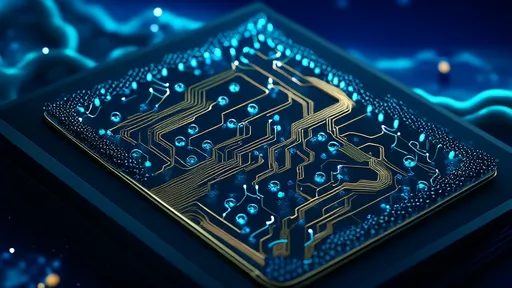
By /Jul 16, 2025

By /Jul 16, 2025
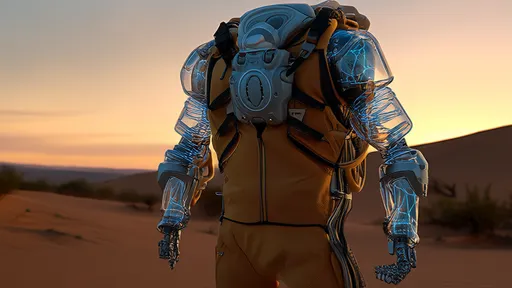
By /Jul 16, 2025

By /Jul 16, 2025

By /Jul 16, 2025

By /Jul 16, 2025

By /Jul 16, 2025
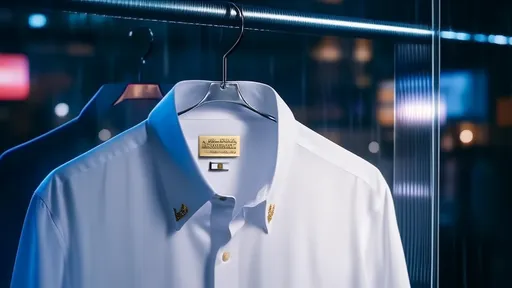
By /Jul 16, 2025

By /Jul 16, 2025

By /Jul 16, 2025

By /Jul 16, 2025

By /Jul 16, 2025
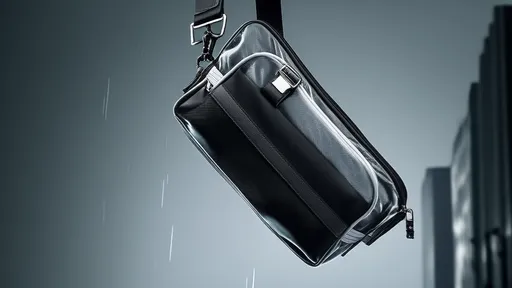
By /Jul 16, 2025
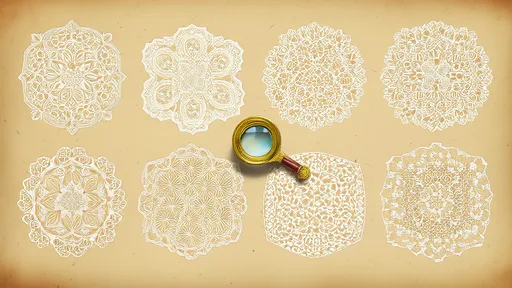
By /Jul 16, 2025

By /Jul 16, 2025

By /Jul 16, 2025